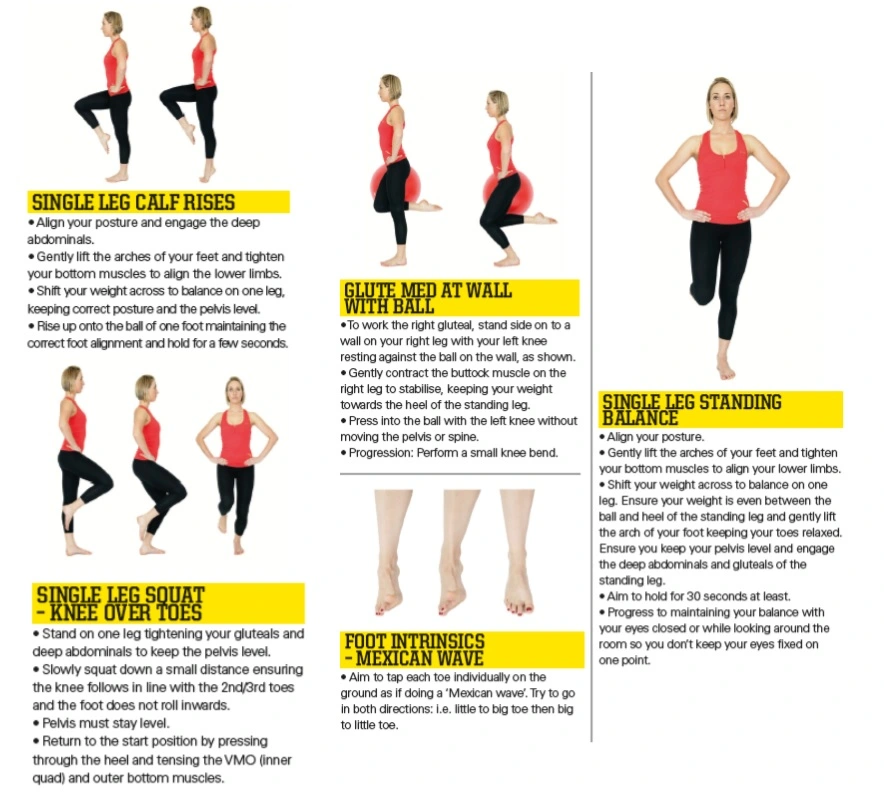Hannah Allworth explains how to treat this common complaint of fibrous tissue build up on the ball of the foot in TriathlonPlus Physio Corner Nov/Dec 16
Morton’s Neuroma is the most common of the benign neuromas that can develop in a foot. More simply put it is a build up of fibrous tissue around a nerve in the ball of the foot usually between the second and third, or third and fourth toe. It is the result of a complex change in biomechanics of the foot, irritating the nerve and causing a variety of symptoms including pain, tingling/numbness between the toes, or the feeling of a small stone being in your shoe (but not actually being there).
It can affect either one or both feet. Common risk factors include wearing pointed shoes, chronic foot issues (bunions, flat feet etc) or repetitive impact exercise like running. Symptoms are likely to get worse as the run progresses or by wearing tight shoes and are often relieved when barefoot.
Other possible explanations for the pain could be a stress fracture, metatarsalgia (pain over the metatarsal heads) or foot tendonitis, while diabetes, back or other neurological issues could cause the numbness or tingling. To get an accurate diagnosis book an appointment with a physio or a foot/ankle specialist to avoid any misdiagnosis.
Changes in footwear, training regime, training volume or training surface can all cause a shift in metatarsal movement and irritate the nerve. More stubborn cases are often down to more complex biomechanical issues, which an experienced physiotherapist will be able to identify and help manage.
The first stage of treatment will be to settle the nerve and reduce the symptoms. This may include PRICE (protection, rest, ice, compression, elevation), footwear advice, taping and soft tissue massage. Small inserts for your shoes known as metatarsal domes can be very handy in taking pressure off the angry nerve in order to reduce pain.
Once the symptoms have settled the next step is to restore normal movement, strength and muscle control. This may not just be in and around your foot – often weakness or stiffness higher up the body can be contributing to a foot issue. Each case needs to be assessed individually but common themes seen are poor foot posture, balance, tight or weak calf muscles and weak gluteal muscles.
If running is the main trigger then an assessment from a running specialist is a must. Analysis of your gait may reveal technique flaws that are easily corrected. Reducing your stride length and increasing your cadence (steps per minute) is a good way to start reducing the load going through your feet. In order to control your landing (as over 2 times your body weight is put through your foot each time you land) having strong foot, calf and gluteal muscles is key to pain free running.
If this sounds like you, try to identify and modify any aggravating factors and use the PRICE regime to manage the acute symptoms. Book an assessment with an experienced physio to screen you running technique and address any possible stiffness or weakness that may be contributing to the condition. As with any injury early intervention will make managing the condition immeasurably easier so be pro-active with any niggles!

